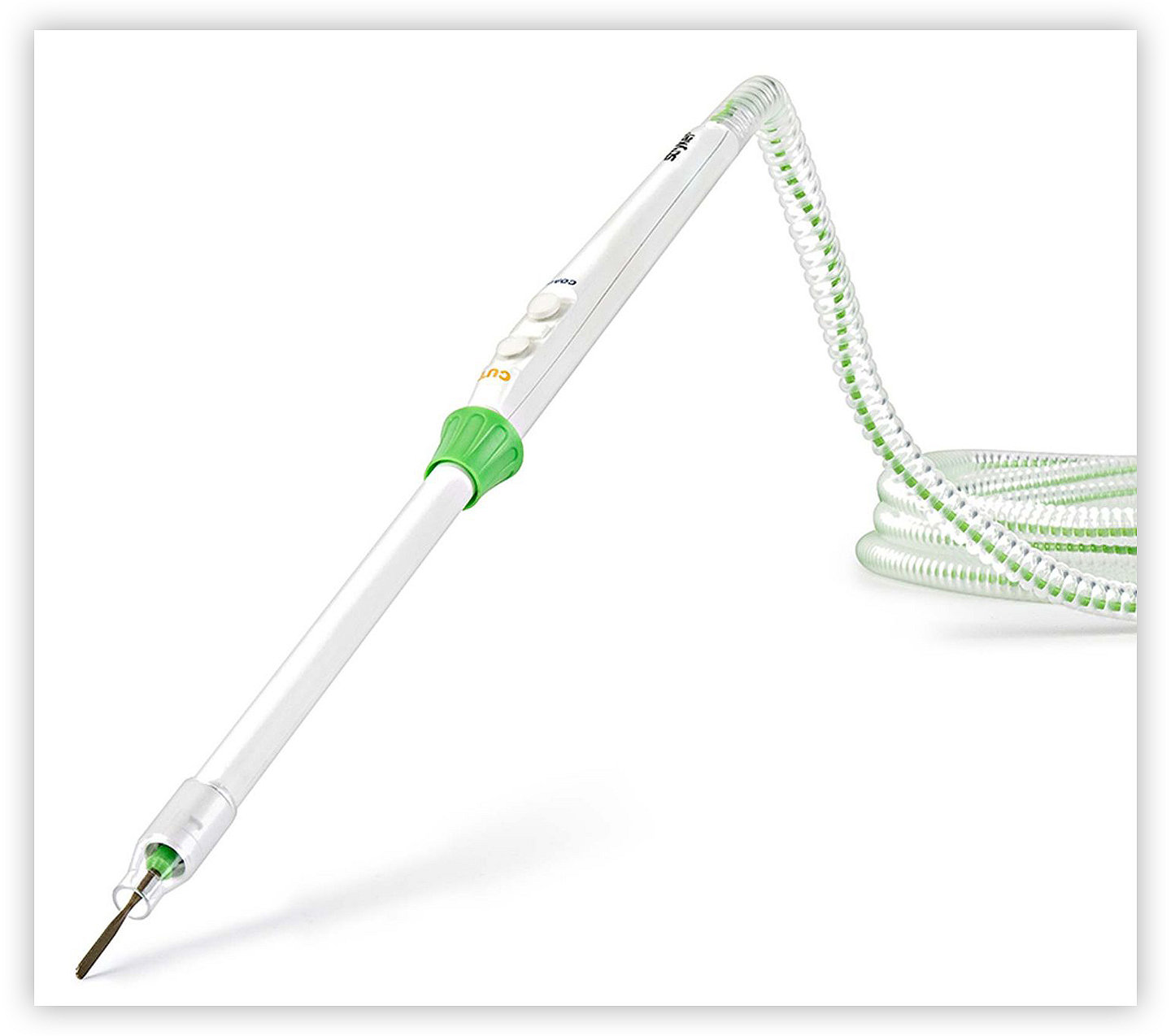25-Aug-2021
Improving safety
Spreading truth about surgical smoke
Spreading truth about surgical smoke
________________________________________
It’s such a startling statistic, many people can’t believe it’s true: One day in the operating room can have the same impact as smoking up to 27 unfiltered cigarettes1.
Surgical smoke happens when human tissue is contacted by lasers or electrosurgical devices, causing a toxic plume. In the United States, more than 59 million surgical procedures are performed every year, 85 percent of those procedures use laser or electrosurgical devices2. The risks it carries include chronic bronchitis, carcinoma, leukemia, cardiovascular dysfunction and more.
One day in the OR can have the same impact as smoking up to 27 cigarettes1
The dangers of surgical smoke have been well-documented, yet regulations requiring facilities to evacuate surgical smoke are just emerging as states begin to take notice. As part of our mission to make healthcare better, Stryker is taking strong and active steps to make the OR a safe place for patients, surgeons and staff by:
Raising awareness
Surgical smoke is a threat every person should know about—not only in the healthcare setting but also across the general population. To raise awareness, we’re investing time, energy and resources into supporting this cause through educational campaigns, sharing real experiences and conducting MedEd courses which train close to 2,000 nurses per year. In addition, we are partnering with nursing organizations as they work to change policies to strengthen protection from surgical smoke in the workplace.
Bringing innovation into the OR
Surgical masks filter some particles, but not nearly enough. Up to 77% of the particles in surgical smoke are not adequately filtered out by standard surgical masks,3 which is why we offer the Neptune SafeAir Smoke Evacuation Portfolio, designed to protect patients and staff from surgical smoke.
Surgical masks filter some particles, but not nearly enough. Up to 77% of the particles in surgical smoke are not adequately filtered out by standard surgical masks,3 which is why we offer the Neptune SafeAir Smoke Evacuation Portfolio, designed to protect patients and staff from surgical smoke.

If patients walked by their surgeon smoking a cigarette at the hospital, they’d be stunned. But that’s the same risk professionals take when stepping into the OR without proper safety technology. The United States has banned smoke on airplanes and restaurants—and our society is healthier for it. It’s about time the same happened in the OR.
1 – Hill D, O’Neill J, Powell R, Oliver D. Surgical Smoke - a health hazard in the operating theatre. A study to quantify exposure and a survey of the use of smoke extractor systems in UK plastic surgery units. Journ Plas Reconstr Aesthet Surg. 2012; 65(7): 911-6.
2 – Ball K. No smoking in the OR. Outpatient Surgery. 2003. www.outpatientsurgery.net/_media/pop/print-article?id=4814. Accessed September 6, 2019.
3 – Katoch S, Venkataram M. Surgical Smoke in Dermatology: It’s Hazards and Management. J Cutan Aesthet Surg. 2019 Jan-Mar; 12 (1): 1-7.
SYK CORP 2021-08-69
